Model Course
「山茶花(さざんか)」が咲く古寺めぐり
<見頃:11月~12月>冬景色の中で、華やかに咲く山茶花(さざんか)。 山茶花は花びらが「ハラハラ」と散り、椿は花ごと「ポトリ」と落ちることでその違いが分かります。
| Areas |
|---|
Model Course
Isui-en Garden/Neiraku Art Museum
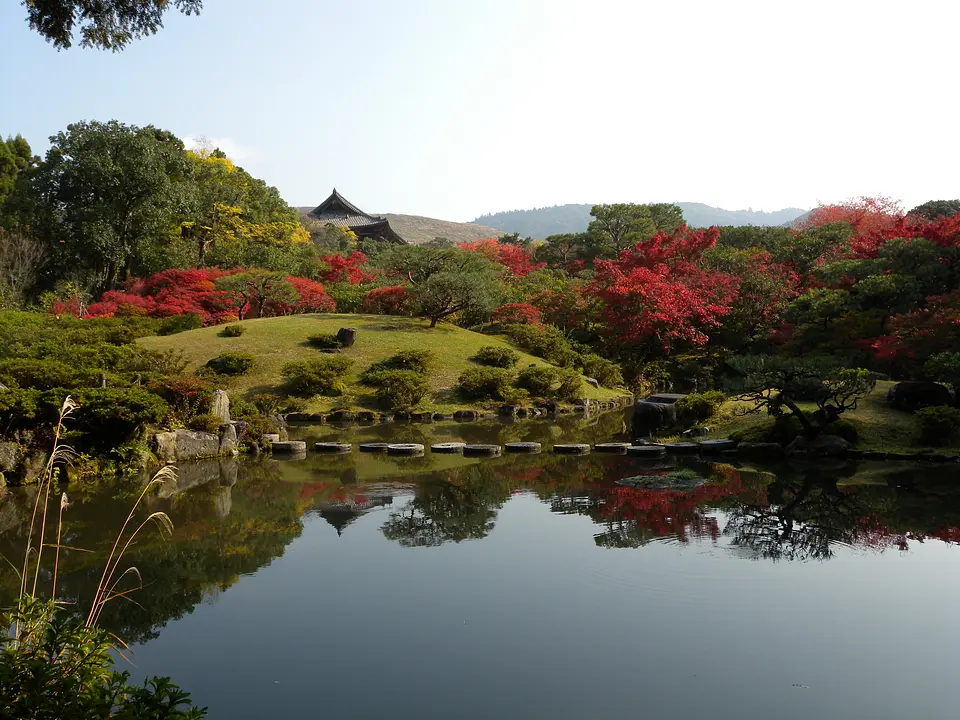
Isui-en Garden/Neiraku Art Museum
This garden was once built as a villa by a merchant from Nara Sarashi, and was designated as a national scenic spot in 1975. The roofs of Mt. Wakakusa, Mt. Kasuga, and the South Gate of Todaiji Temple serve as borrowed scenery, and the Nakanoshima Island and the artificial mountain are covered with grass, as if the grass of Mt. Wakakusa continues all the way into the park. Also within the park is the Neiraku Art Museum, which stores and exhibits Oriental antiquities.
Daian-ji Temple
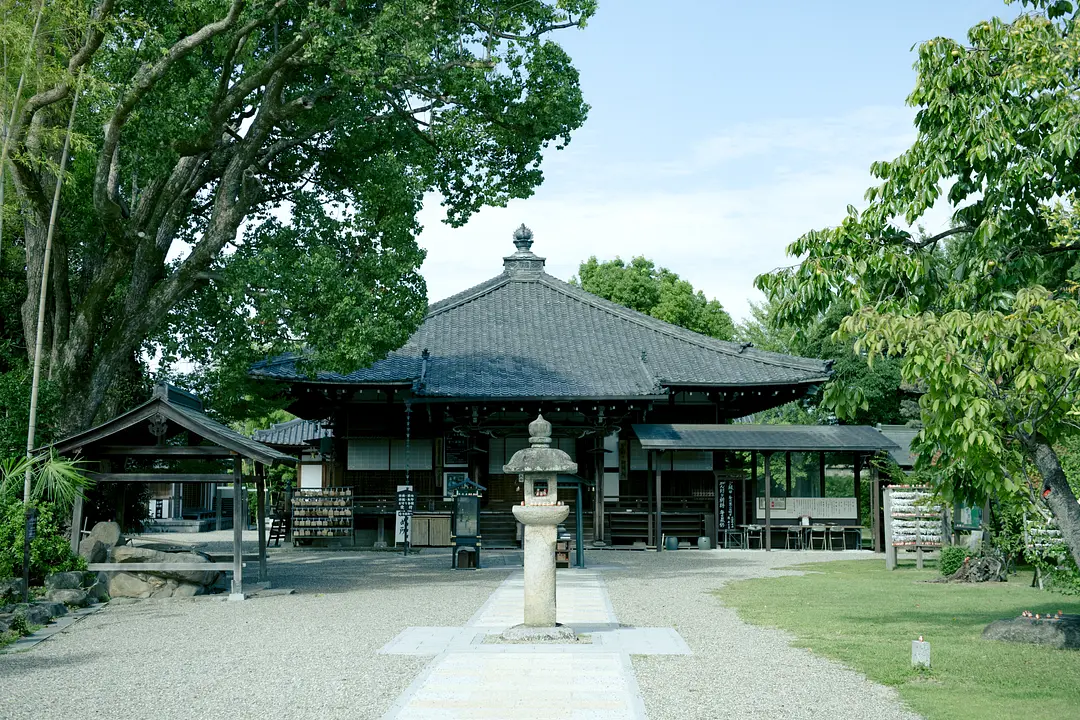
Daian-ji Temple
A temple of the Koyasan Shingon sect. The Emperor Jomei first named the Kumagori-shōja monastery of Shōtoku Taishi, Dai-ji, the original name. Then it became Daikandai-ji in Fujiwara-kyo period, and finally became Daianji Temple at the present site in the early 7th century. In its heyday, it was also called Nandai-ji and was a comprehensive Buddhist university which had as many as 889 monks specializing in Buddhism. 9 valuable tempyō buddhist statues reside here.
Futai-ji Temple
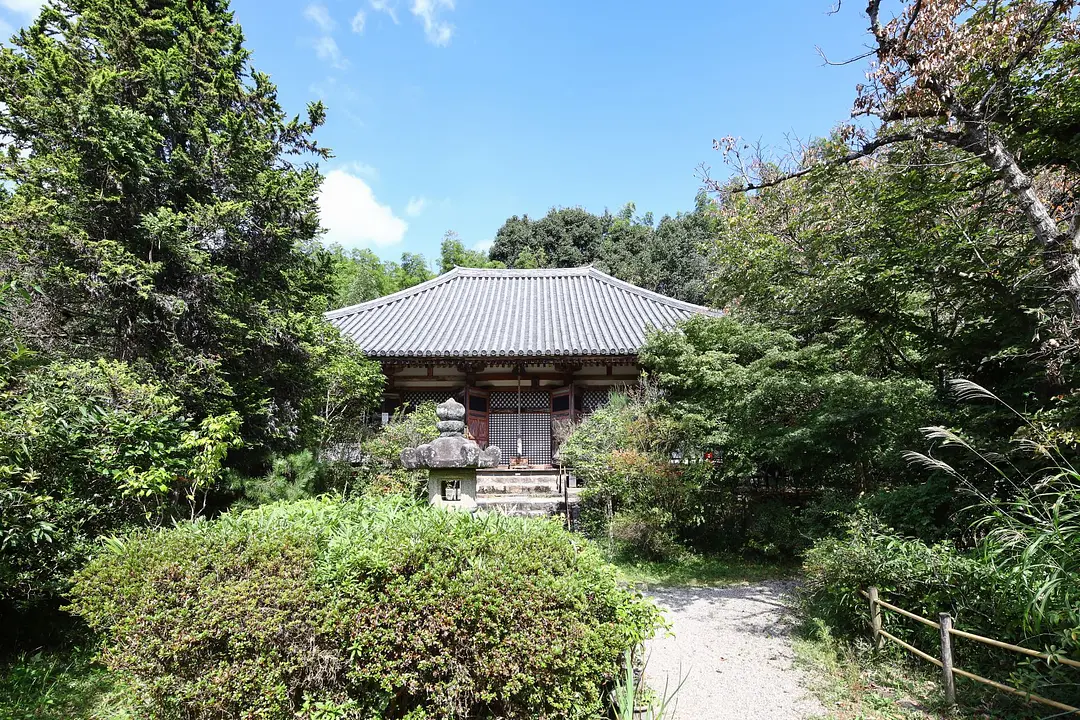
Futai-ji Temple
The temple is related to Ariwara-no Narihira, known as the central figure in the Tales of Ise. It is said that Narihira founded this temple by carving a statue of Holy Kannon (Avalokitesvara) himself. Thus, this temple is also called Narihira-dera. The installation of the south gate (Important Cultural Property) on which a heroic kaerumata (a strut with the design in the shape of splayed frog’s legs) is placed, the unique and delicate lattices referred to as narihira-koshi of the hondō (main hall), and a tahōtō (two-storied pagoda) missing its top, etc. creates an atmosphere of the elegant residence of a nobleman, rather than that of a temple. Important Cultural Properties such as the standing statue of Shō-Kanzeon-Bosatsu (Avalokitesvara bodhisattva) with elegant ribbons, and the Godai-Myō-ō (Five Great Wisdom Kings) with a rare complete set of 5 statues, are being preserved in the hondō.
Museum Yamato Bunkakan
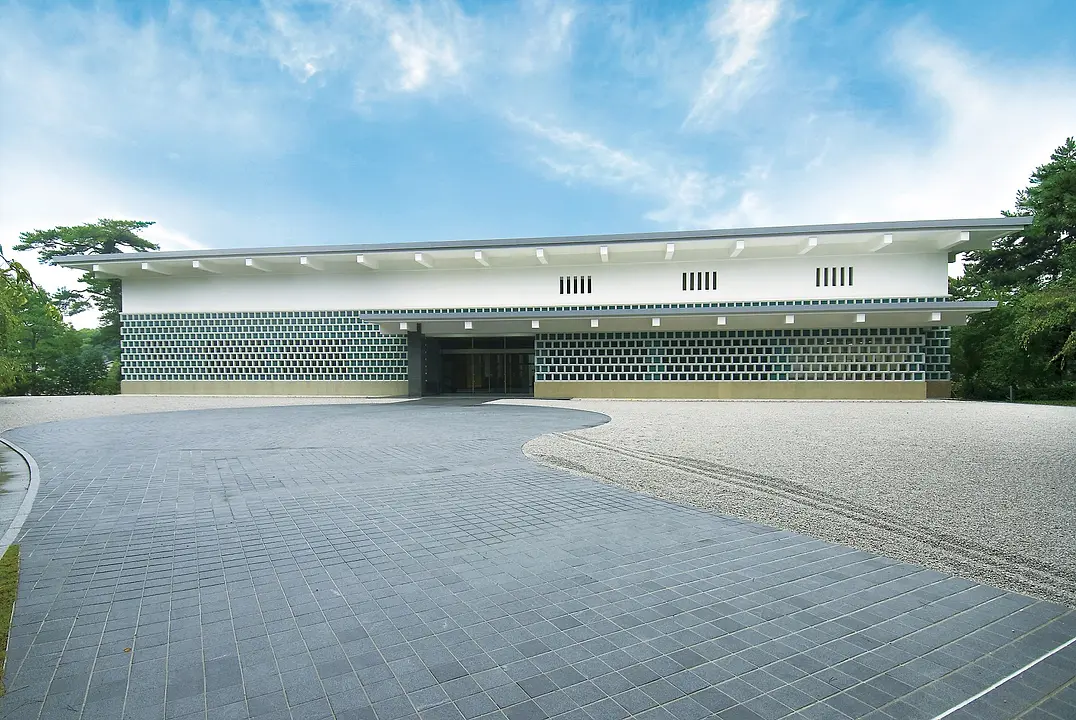
Museum Yamato Bunkakan
A modern building in a quiet environment surrounded by pine forests. Art and crafts, mainly from Japan, China, and Korea, are exhibited eight times a year. In addition, you can enjoy a variety of flowers throughout the year in the garden "Bunkaen" that surrounds the main building.
Nara Palace Site Historical Park
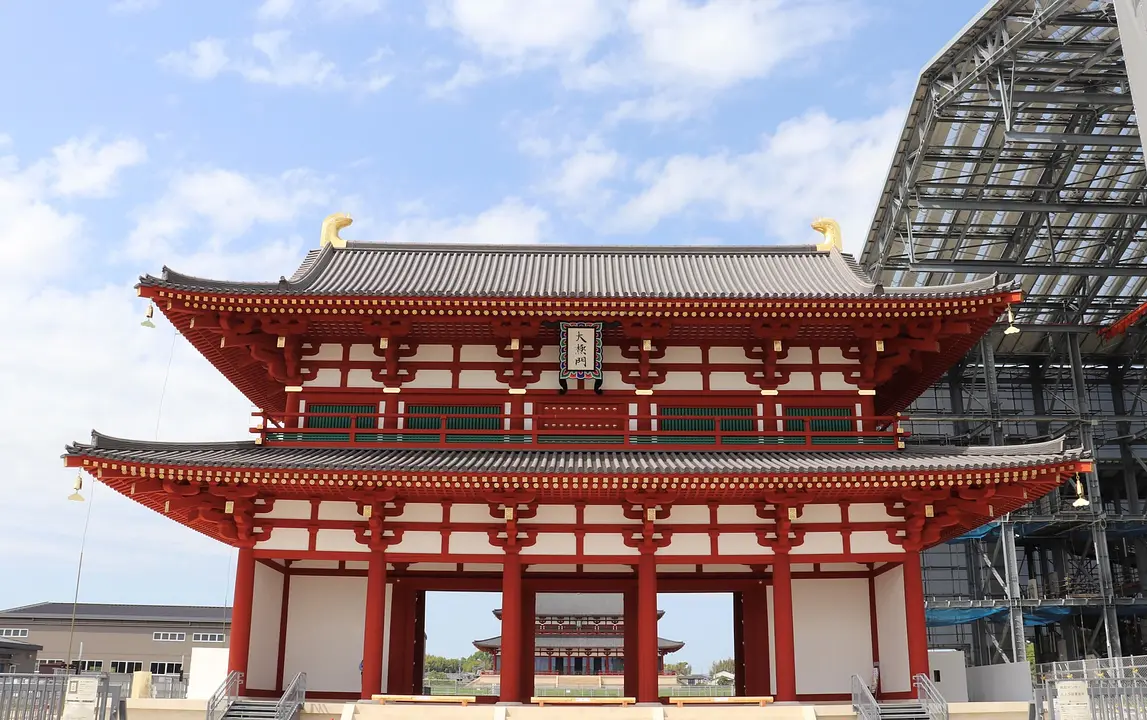
Nara Palace Site Historical Park
The extensive open space of lawn seen between Saidaiji Station and Shin-Omiya Station on the Kintetsu Line is the Heijo Palace, the center of Heijo-kyo Capital, which lasted for 74 years over the 7 successive reigns. The Palace was located in the northernmost area of the central Heijo-kyo Capital and, with an extended area toward the east, it had a total area of about 120 hectares. Containing the Daigoku-den and the Chodo-in for formal ceremonies, the Dairl as an emperors' residence, the To-in, and government offices with 8 ministries and 100 agencies, the Palace is considered to have been surrounded by mud walls and moats with a total of 12 gates, 3 gates being built in each direction. A continuous excarvation has been carried out by the Nara National Cultural Properties Research Institute since the 34th year of Showa(1959). Moreover, the "Suzaku-mon," or the formal gate to the Heijo Palace, and the "To-in" Garden, or the site of aristocrats' banquets and ceremonies, were restored and have been open to public since April of the 10th year of Heisei(1998). (Near the bus stop Heijo-kyuseki on the bus route for Saidaiji Kitaguchi)